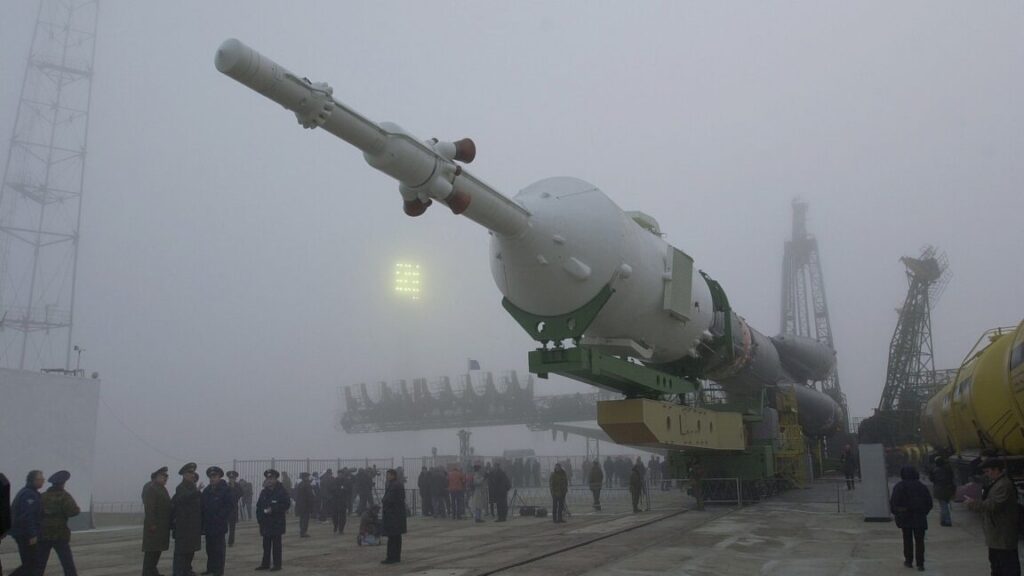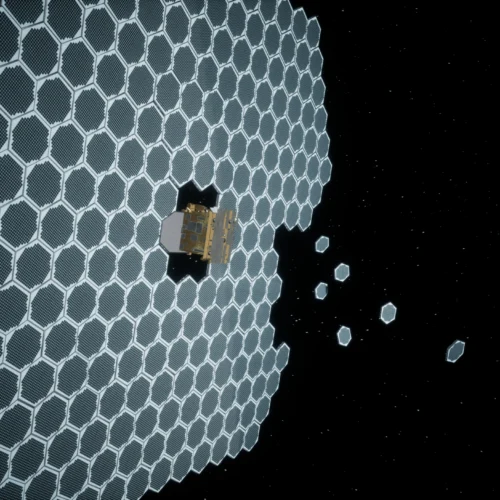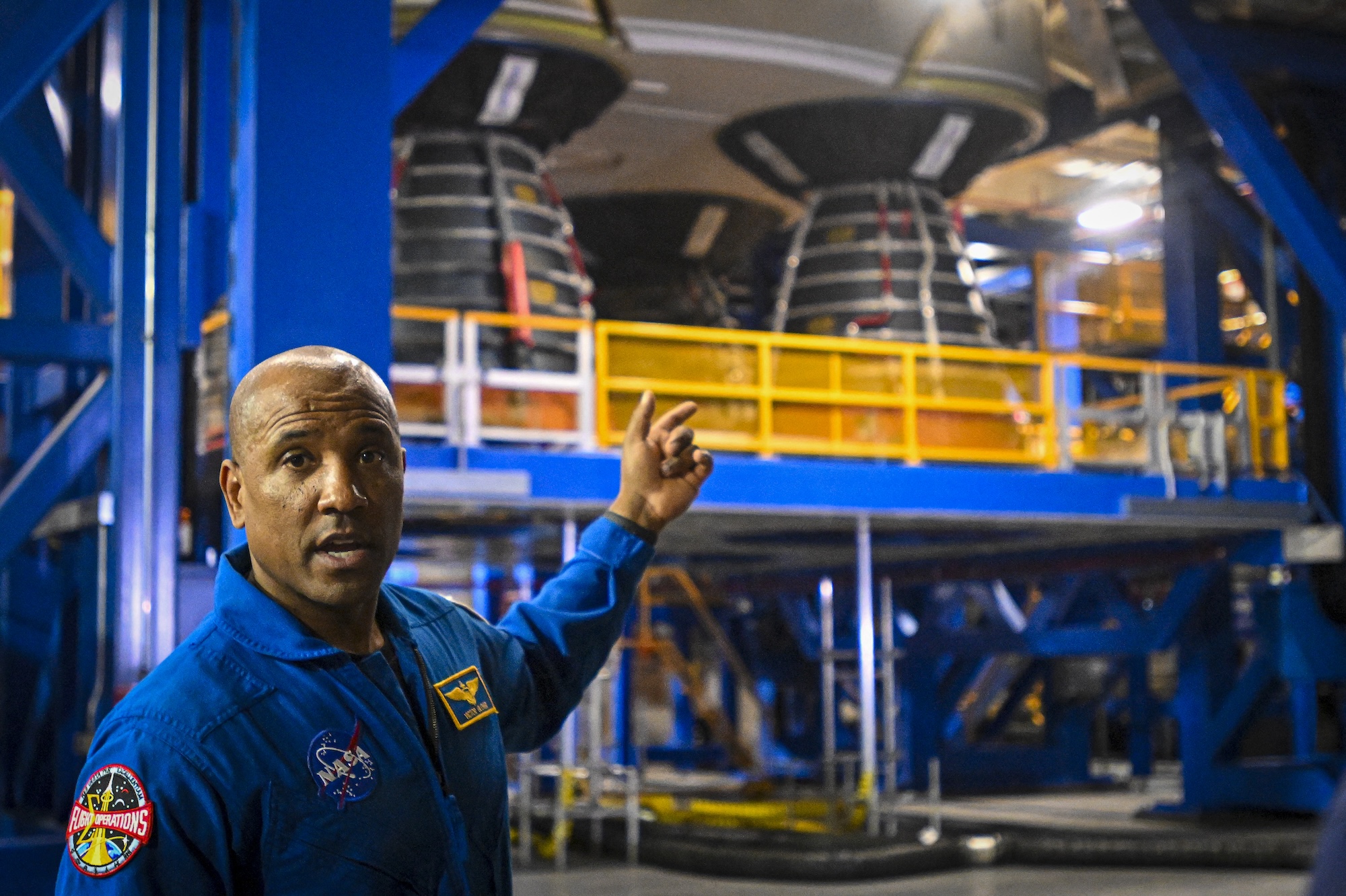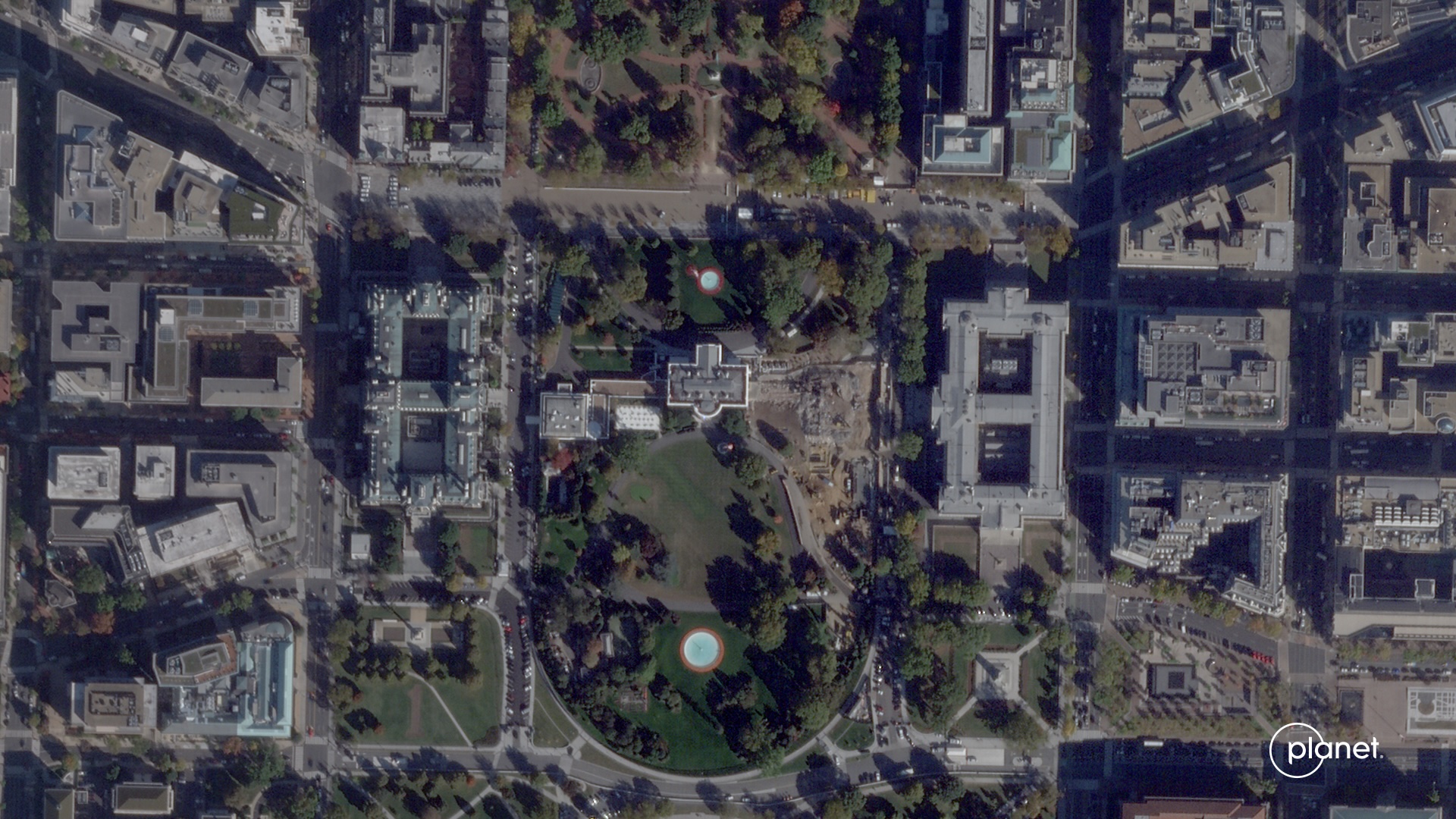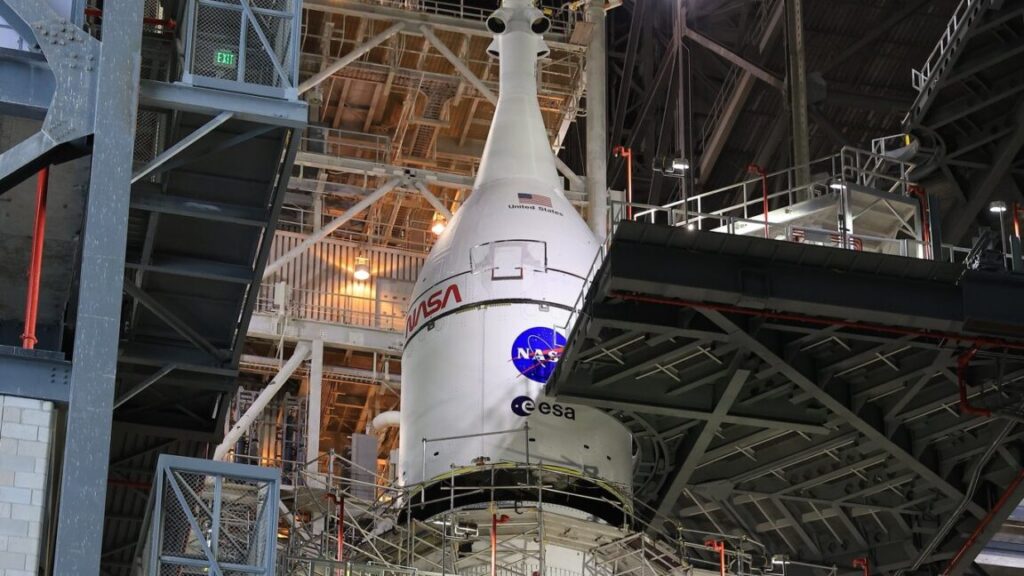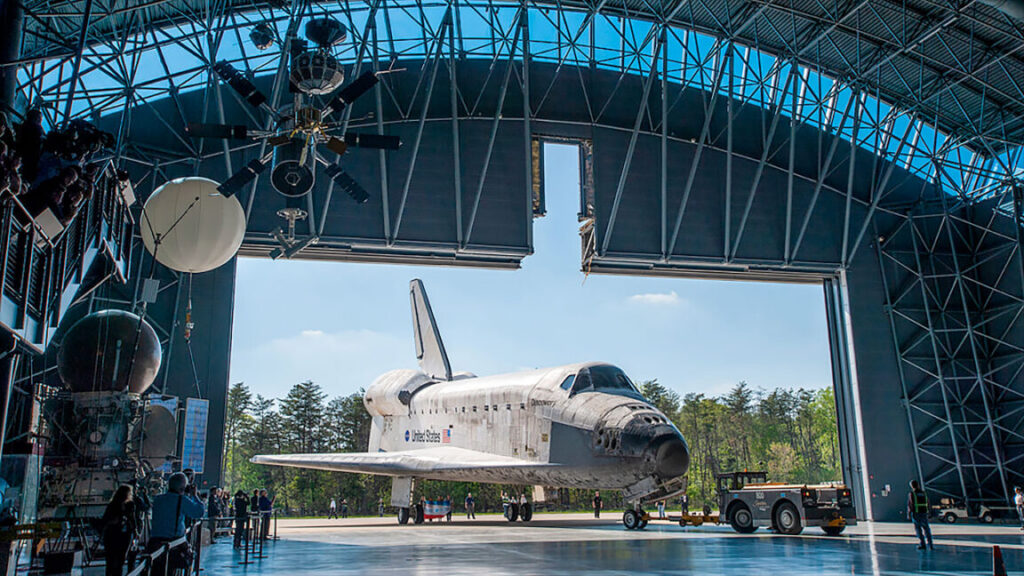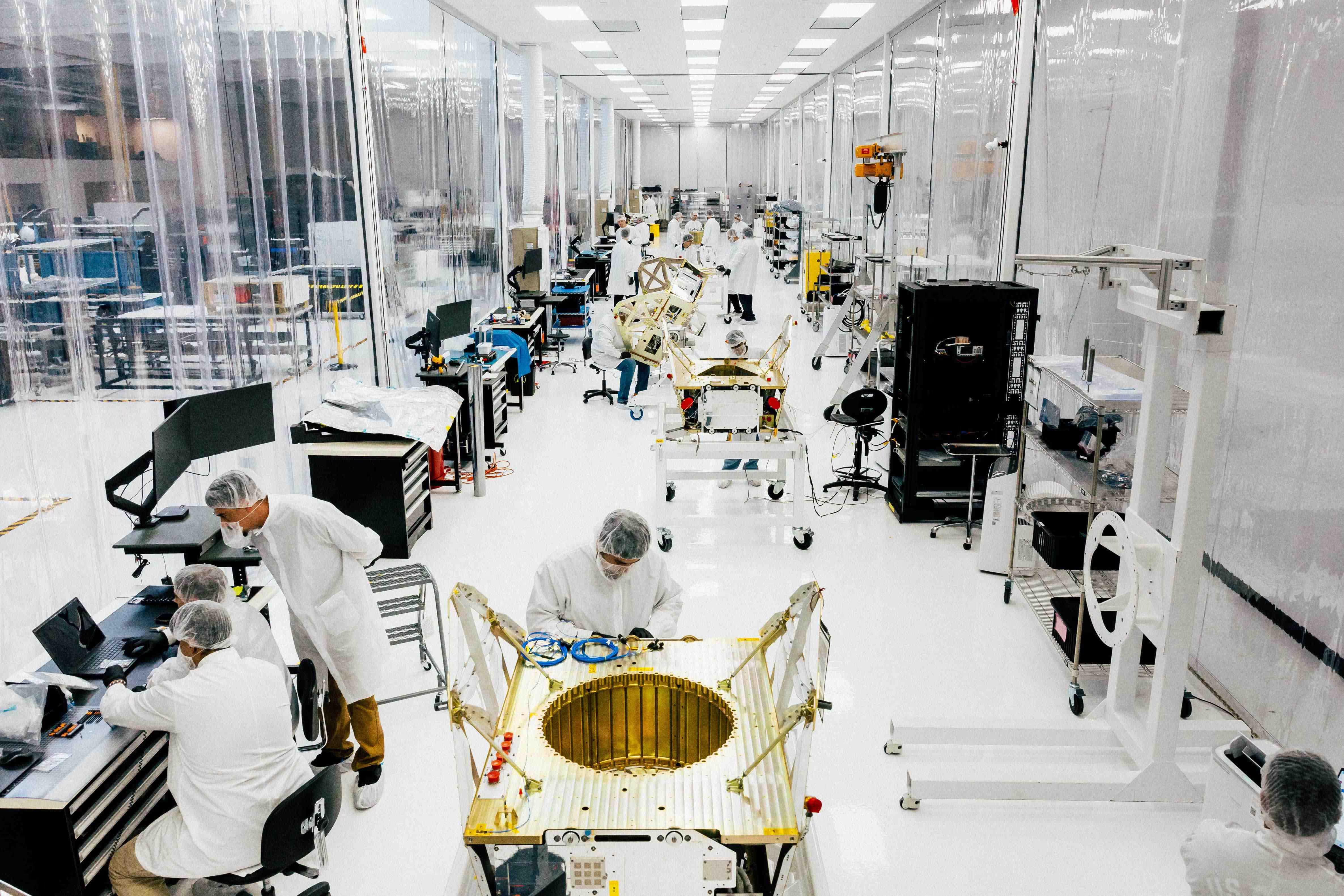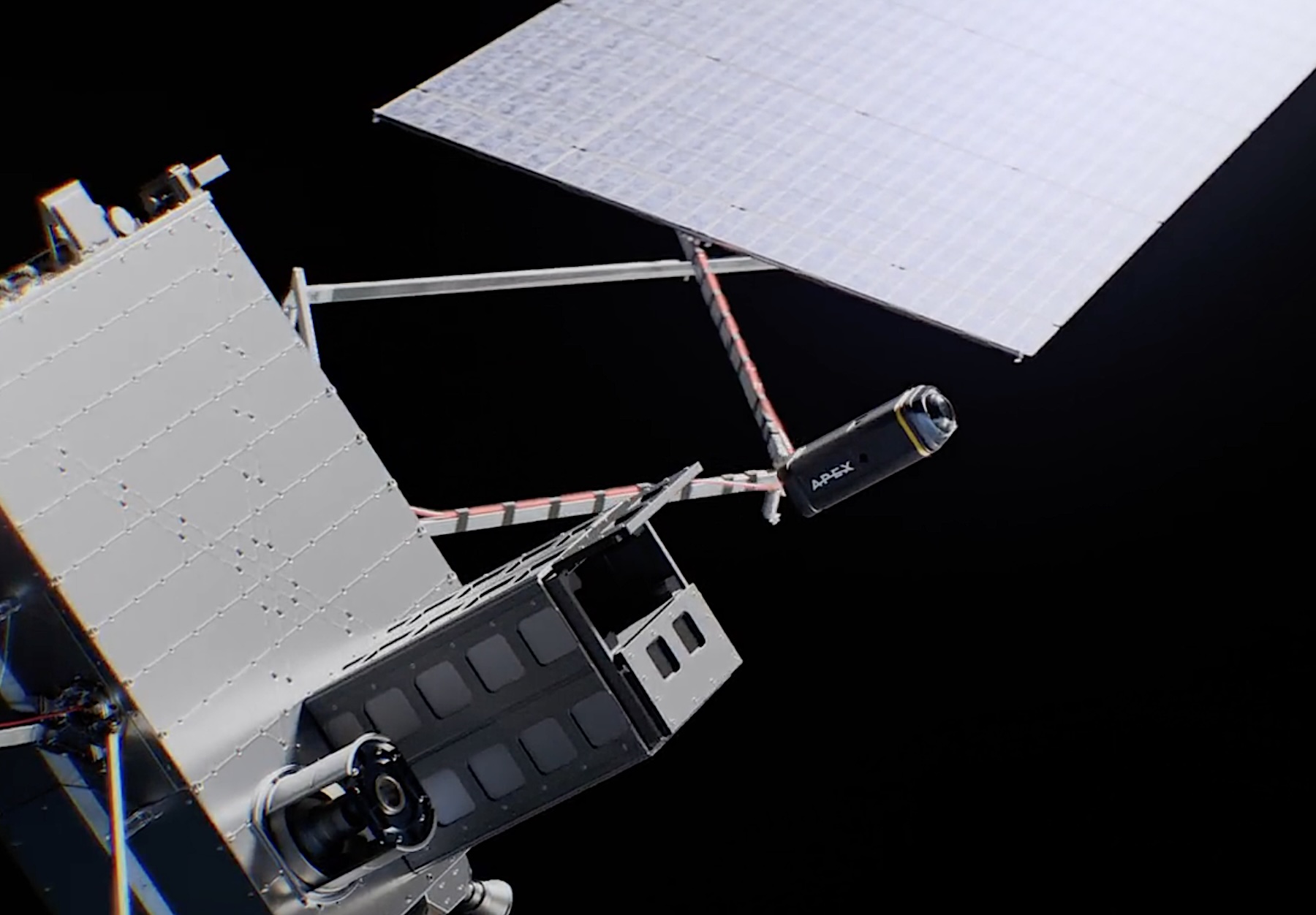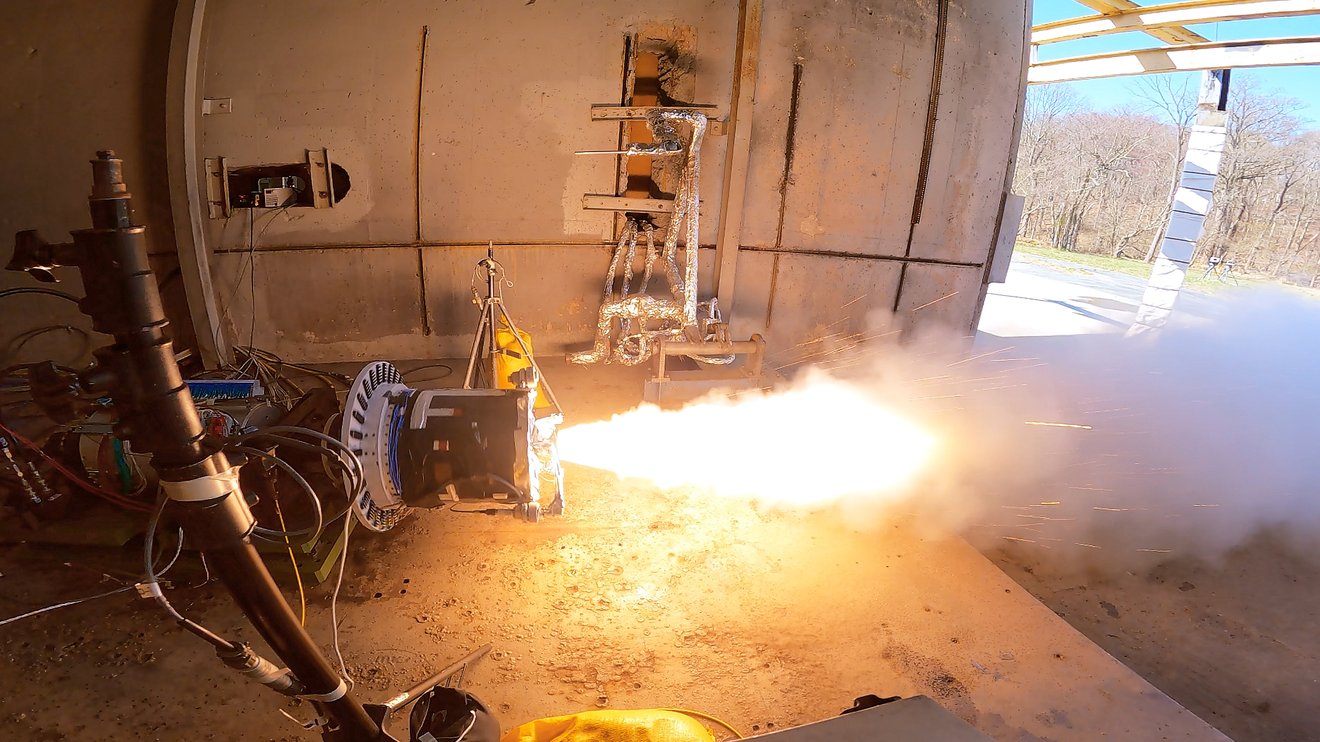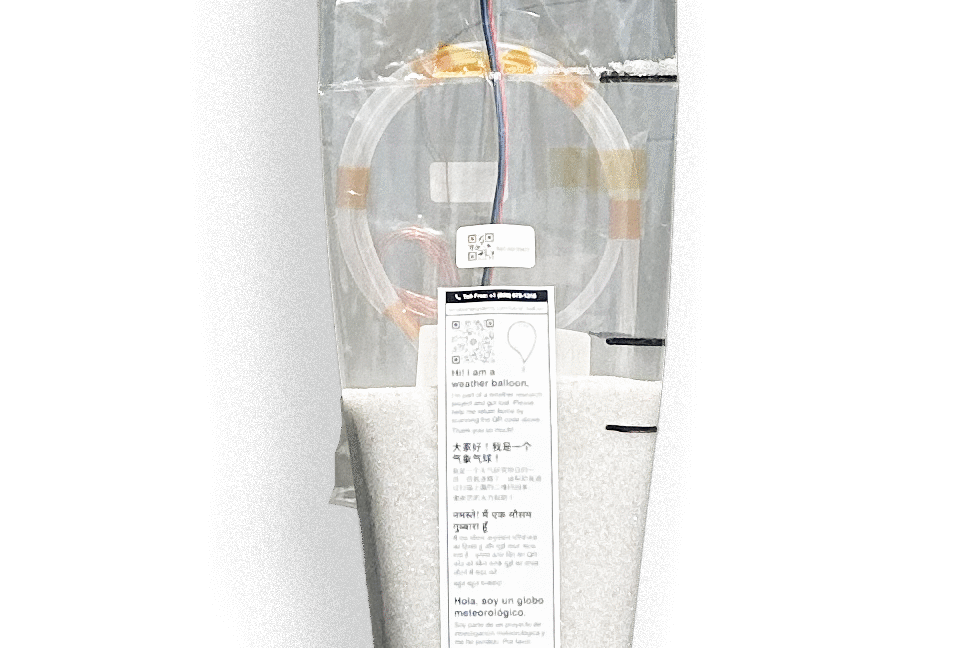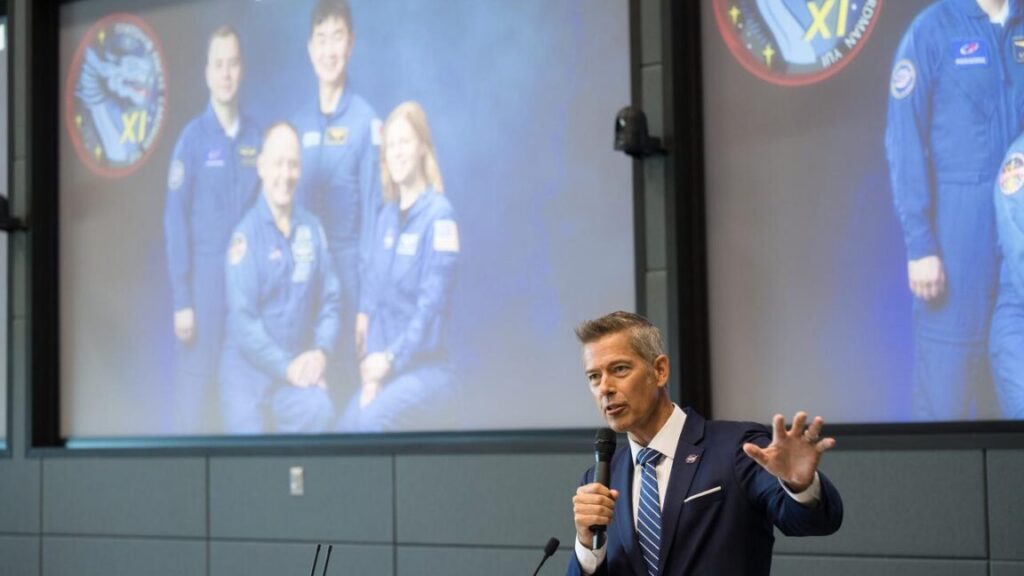Rocket Report: SpaceX surpasses shuttle launch total; Skyroot has big ambitions
All the news that’s fit to lift
“I do think we’re rapidly approaching the point where it will be a significant impact.”
Expedition 1’s Soyuz-U launch vehicle is transported to its launch pad in October 2000. Credit: NASA
Welcome to Edition 8.17 of the Rocket Report! Tomorrow marks the 25th anniversary of the first crewed launch to the International Space Station on a Soyuz rocket from Baikonur. Since this time, humans have lived in space continuously, even through spacecraft accidents and wars on Earth. This is a remarkable milestone that all of humanity can celebrate.
As always, we welcome reader submissions, and if you don’t want to miss an issue, please subscribe using the box below (the form will not appear on AMP-enabled versions of the site). Each report will include information on small-, medium-, and heavy-lift rockets as well as a quick look ahead at the next three launches on the calendar.

Skyroot nearing first launch with big ambitions. Three years after India opened up its space sector to private companies, Hyderabad-based Skyroot Aerospace is targeting its first full-scale commercial satellite launch mission in January 2026, Mint reports. After this debut flight, Skyroot is targeting a launch every three months next year, and one every month from 2027. Each satellite launch mission is expected to generate the company nearly $5 million, according to Skyroot chief executive Pawan Chandana.
A promising start … Skyroot became India’s first space startup to demonstrate a rocket launch when it sent up a smaller version of its satellite vehicle from Sriharikota in Andhra Pradesh in November 2022. There are several other Indian launch startups, but Skyroot appears to be the most promising. Even so, a launch cadence of every three months next year seems highly ambitious. A single, successful launch in 2026 would be a great step forward.
Canadian spaceport gets infusion of cash. Maritime Launch Services will receive a senior credit facility for up to 10 million Canadian dollars ($7.1 million) from Canada’s government-owned export credit agency for defense, telecommunications, and weather-monitoring needs, Payload reports. Spaceport Nova Scotia, which is the Atlantic launching facility for MLS, will use the money to build out infrastructure and a launch pad for orbital missions. Half of the money will be advanced immediately, with more available as construction costs arise.
Going up from up there … Canada used to have a Manitoba spaceport when the United States was in a “space race” for military supremacy in the 1950s and 1960s. After hosting decades of Black Brant sounding rocket flights, officials closed the spaceport in 1985. Canada now mainly uses foreign launchers, in part because the government deemed building sovereign capability too costly. But Canadian companies (inspired by SpaceX) are moving to build their own facilities and rockets. (submitted by EllPeaTea)
The easiest way to keep up with Eric Berger’s and Stephen Clark’s reporting on all things space is to sign up for our newsletter. We’ll collect their stories and deliver them straight to your inbox.
ArcaSpace is dead, replaced by … a fashion company. Somehow I missed this news when it came out a year ago, but I’m including it now for completeness. For a quarter of a century, a Romania-based rocket organization, ArcaSpace, had been promising to revolutionize spaceflight. But that meme dream ended in late 2024 when the group rebranded itself as ArcaFashion. “The ArcaFashion products are designed and manufactured on the shoulders of innovation and cutting-edge technological achievements, using the vast aerospace capabilities of ArcaSpace,” the group said. Their early products look, well, you decide.
But wait, there’s more … Before it went away, ArcaSpace released a video of its “accomplishments” to date, meant to be a sizzle reel of sorts. This popped into my feed this week because the madlads at Arca apparently aren’t done in aerospace. They put out a new video showing some bonkers-looking vehicle they’re calling “ArcaBoard2,” which purports to be a vertical takeoff personal electric vehicle. Maybe don’t be one of the early customers for this.

HTV-launch launches, docks with space station. Japan’s H3 rocket launched a new spacecraft, the HTV-X, last weekend from a launch pad on Tanegashima Island. This cargo ship pulled alongside the International Space Station on Wednesday, maneuvering close enough for the lab’s robotic arm to reach out and grab it, Ars reports. The HTV-X spacecraft is an upgraded cargo freighter replacing Japan’s H-II Transfer Vehicle, which successfully resupplied the space station nine times between 2009 and 2020.
An improved design … At the conclusion of the first HTV program, Japan’s space agency preferred to focus its resources on designing a new cargo ship with more capability at a lower cost. That’s what HTV-X is supposed to be, and Wednesday’s high-flying rendezvous marked the new ship’s first delivery to the ISS. At 26 feet (8 meters) long, the HTV-X is somewhat shorter than the vehicle it replaces. But an improved design gives the HTV-X more capacity, with the ability to accommodate more than 9,000 pounds (4.1 metric tons) inside its pressurized cargo module, about 25 percent more than the HTV. (submitted by tsunam)
India seeks dramatic increase in launch cadence. The chairman of the Indian space agency, V. Narayanan, has told The Times of India that the country seeks to dramatically scale up its annual launch cadence to 50 missions a year. He said the goal is to grow the country’s ecosystem of government-sponsored and private launches, and that the country’s prime minister, Narendra Modi, has set a goal of 50 launches a year by the end of this decade.
A big step up … “We are working on it,” Narayanan said of his government’s request. He said the country currently has just two active launch sites, which is a constraint on activity, but that new facilities will soon come online. By the end of 2027, he said that 30 launches a year will be possible. Given that India has recently averaged about five launches annually, this would represent a significant step up in overall activity.
SpaceX breaks Vandenberg turnaround record, twice. SpaceX continued its rapid pace of launches Monday with the flight of a Falcon 9 rocket from Vandenberg Space Force Base in California. The Starlink 11-21 flight broke the record for the fastest pad turnaround for SpaceX’s West Coast launch pad, flying two days, 10 hours, 22 minutes, and 59 seconds since the Starlink 11-12 mission on Saturday, Spaceflight Now reports.
Going fast, and then faster … And oh, by the way, the previous record beaten by Monday’s flight was two days, 18 hours, 52 minutes, and 20 seconds, which was set during the past week. This milestone comes after the company set another turnaround record over at Space Launch Complex 40 at Cape Canaveral Space Force Station earlier this month. SpaceX clearly is continuing to seek to optimize Falcon 9 operations and is having some success.
Ariane 6 upper stage engine production moves to Germany. ArianeGroup will transfer responsibility for the assembly of Ariane 6 Vinci upper-stage engines from Vernon, France, to Lampoldshausen, Germany, European Spaceflight reports. The agreement will also see the transfer of responsibility for the development of the Ariane 6 oxygen turbopump from Avio’s headquarters in Colleferro to Vernon.
A whole seven launches per year … Each Vinci engine for Ariane 6 will now be assembled, integrated, and tested at Lampoldshausen. To support this process, a new production facility will be built. The engines will then be transferred to Bremen for integration with the rocket’s upper stage. According to ArianeGroup, the transfer will “optimize the competitiveness of Ariane 6,” helping to secure the “financial viability of Ariane 6 with a rate of 7 launches per year.”
SpaceX surpasses 2024 launch total. On Saturday morning, SpaceX launched a batch of Starlink satellites that marked the company’s 135th Falcon 9 launch of the year, Spaceflight Now reports. This broke the company’s record number of orbital launches achieved in all of 2024. The mission came nearly a week after SpaceX launched its 10,000th Starlink satellite to date.
A big number in another way … The number 135 is symbolic in another way. That’s equal to the number of NASA’s space shuttles over the 30-year lifetime of the program. That is to say, SpaceX will launch more Falcon 9 rockets this year than shuttles launched by NASA in three decades. The contours of spaceflight have certainly changed.

Amid shutdown, NASA trying to keep Artemis II on schedule. It has been nearly one month since many parts of the federal government shut down after lawmakers missed a budget deadline at the end of September, but so far, NASA’s most critical operations have been unaffected by the political impasse in Washington, DC. That may change soon, Ars reports. Federal civil servants and NASA contractors are not getting paid during the shutdown, even if agency leaders have deemed their tasks essential and directed them to continue working.
A significant impact soon … Many employees at NASA’s Kennedy Space Center in Florida remain at work, where their job is to keep the Artemis II mission on schedule for launch as soon as next February. Even while work continues, the government shutdown is creating inefficiencies that, if left unchecked, will inevitably impact the Artemis II schedule. And some officials are starting to sound the alarm. Kirk Shireman, vice president and program manager for Orion at Lockheed Martin, said this week, “I do think we’re rapidly approaching the point where it will be a significant impact.”
Variant of China’s Moon rocket to take flight. China aims to conduct the first launch of its Long March 10 rocket and a lunar-capable crew spacecraft next year, Space News reports. “The Long March 10 carrier rocket, the Mengzhou crew spacecraft, the Lanyue lunar lander, the Wangyu lunar suit, and the Exploration crew lunar rover have completed the main work of the prototype stage,” Zhang Jingbo, spokesperson for China’s human spaceflight program, said Thursday at a pre-launch press conference for the Shenzhou-21 mission at Jiuquan spaceport.
China appears on track for pre-2030 landing … Though not explicitly stated, Mengzhou will likely fly on a two-stage, single-stick variant of the Long March 10, which is used for low Earth orbit (LEO) missions. The full, three-stage, 92.5-meter-tall Long March 10 for lunar flights will use three 5-meter-diameter first stages bundled together, each powered by seven YF-100K variable thrust kerosene-liquid oxygen engines. Zhang did not state if the first flight would be crewed or uncrewed, nor if the mission would head to the Tiangong space station. (submitted by EllPeaTea)
Next three launches
October 31: Long March 2 | Shenzhou 21 crewed flight | Jiuquan Satellite Launch Center, China| 15: 44 UTC
October 31: Falcon 9 | Starlink 11-23 | Vandenberg Space Force Base, Calif. | 20: 06 UTC
Nov. 2: Falcon 9 | Bandwagon-4 | Cape Canaveral Space Force Station, Fla. | 05: 09 UTC

Eric Berger is the senior space editor at Ars Technica, covering everything from astronomy to private space to NASA policy, and author of two books: Liftoff, about the rise of SpaceX; and Reentry, on the development of the Falcon 9 rocket and Dragon. A certified meteorologist, Eric lives in Houston.
Rocket Report: SpaceX surpasses shuttle launch total; Skyroot has big ambitions Read More »
